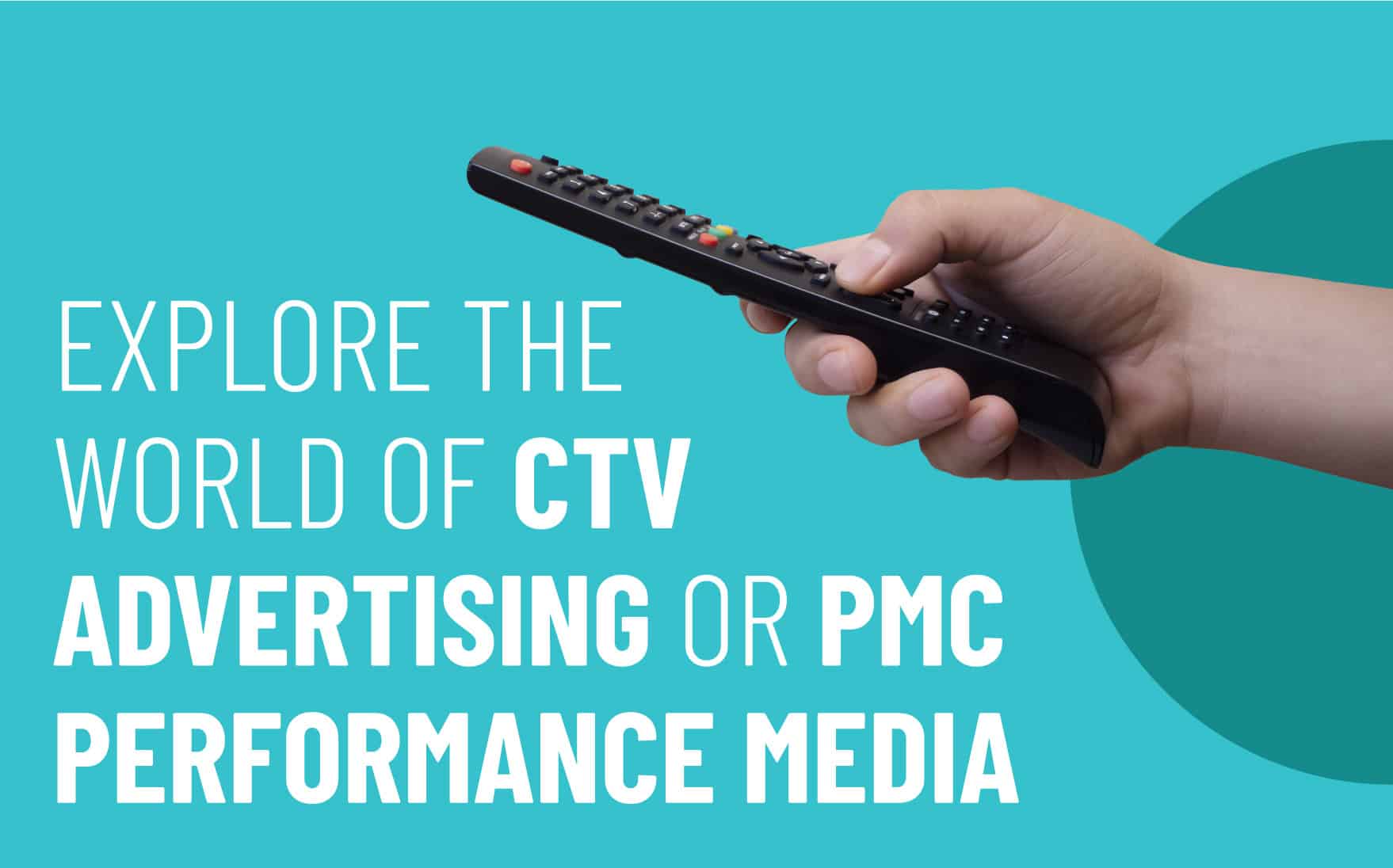Discover the ins and outs of Connected TV advertising in this comprehensive guide. Dive into the essential information about CTV advertising and learn how this groundbreaking marketing medium is transforming television into a dynamic performance marketing channel.
Understanding Connected TV (CTV)
Connected TV refers to content accessed through internet-connected devices such as smart TVs, gaming consoles, or streaming devices like Amazon Fire Stick or Roku. It has revolutionized the way we consume television, offering on-demand content and changing viewing habits.
Smart TVs vs. Connected TVs
While smart TVs enable streaming of Connected TV content, the term “Connected TV” more often refers to the content itself rather than the hardware. It’s crucial to differentiate between the two to accurately describe the streaming experience.
Streaming TV vs. Connected TV
Connected TV is a subset of streaming TV, encompassing content streamed to smart TVs. While all Connected TV content is streaming, not all streaming content qualifies as Connected TV. Generally, when you hear “streaming TV,” it often refers to Connected TV, making the terms nearly synonymous.
Decoding Connected TV Advertising
Connected TV advertising, or CTV advertising, involves delivering video ads to viewers through internet-connected devices. This programmatic advertising method provides precise targeting, comprehensive measurement, and supports demand generation initiatives.
CTV Advertising vs. OTT Advertising
Although the terms OTT (Over-the-Top) and CTV are used interchangeably, they differ. OTT encompasses video content delivered over the internet to various devices, including mobile and desktop, while CTV focuses solely on streaming content to smart TV screens.
CTV Advertising vs. Addressable TV Advertising
CTV advertising is distinct from addressable TV advertising, which is tied to traditional television (cable) rather than streaming on Connected TV. While addressable TV offers improved targeting, CTV advertising platforms provide advanced capabilities beyond traditional TV.
Advantages of Connected TV Advertising
Connected TV advertising offers numerous advantages, combining the impact of traditional TV advertising with the precision and measurement capabilities of digital channels like Google or Facebook. The top five benefits include precision audience-based targeting, hyper-localized IP-based targeting, high video completion rates, accurate real-time measurement and attribution, and automated campaign optimization.
How Does CTV Advertising Work?
Connected TV advertising enables brands to reach audiences on smart TVs, OTT devices, and various CTV platforms. Platforms like MNTN’s Performance TV simplify CTV advertising campaigns with a four-step process: uploading creative, selecting the audience, extending the campaign across devices, and setting the budget for a straightforward launch.
Where Are Connected TV Ads Shown?
Connected TV ads appear on both paid and free ad-supported streaming networks and apps accessible through smart TVs and connected devices. Major streaming services like Netflix, Hulu, Paramount+, and Peacock offer ad-supported tiers, expanding the reach of CTV advertising.
How Are Connected TV Audiences Targeted?
Connected TV platforms offer targeting options using first-party data, third-party data, frequency caps, IP targeting, and more. These methods ensure precise audience targeting, optimizing ad delivery and avoiding ad fatigue.
CTV Metrics and Measurement
Connected TV relies on traditional digital marketing metrics like impressions, return on ad spend (ROAS), cost per completed view, cost per acquisition (CPA), reach, frequency, gross rating point (GRP), cost per point (CPP), and cross-screen measurement. These metrics provide insights into campaign performance and audience engagement.
Connected TV Devices
Connected TV devices include smart TVs, OTT/CTV devices like Roku and Apple TV, and traditional devices transformed into mini-television sets, such as tablets, phones, and desktops.
CTV Marketing Best Practices
To maximize the potential of CTV marketing, marketers should understand their audience, use high-quality creatives, leverage advanced targeting, make ads interactive, implement frequency capping, measure and optimize in real-time, embrace cross-device advertising, and incorporate clear calls-to-action.
CTV Advertising Examples
Several successful CTV advertising examples, including those from MNTN, Rumpl, Replacements, and 1Password, showcase the effectiveness of well-crafted CTV campaigns in capturing audience attention and conveying brand messages.
CTV Marketing With Performance TV
With streaming platforms surpassing traditional TV viewership, Performance TV platforms like MNTN’s offer advertisers access to the benefits of CTV advertising. Automated optimization technologies ensure cost-effective TV advertising with maximum return on ad spend.
Connected TV Advertising: Final Thoughts
As CTV advertising gains more traction, it is poised to surpass traditional TV advertising. Advertisers recognizing the value of improved targeting, measurement, and ad delivery technologies are increasingly shifting budgets from linear TV to CTV. Understanding the fundamentals presented in this guide equips marketers to make the most of the evolving opportunities in the connected TV advertising landscape. Stay updated with the latest CTV news, trends, and insights through our bi-weekly Connected TV Report.










